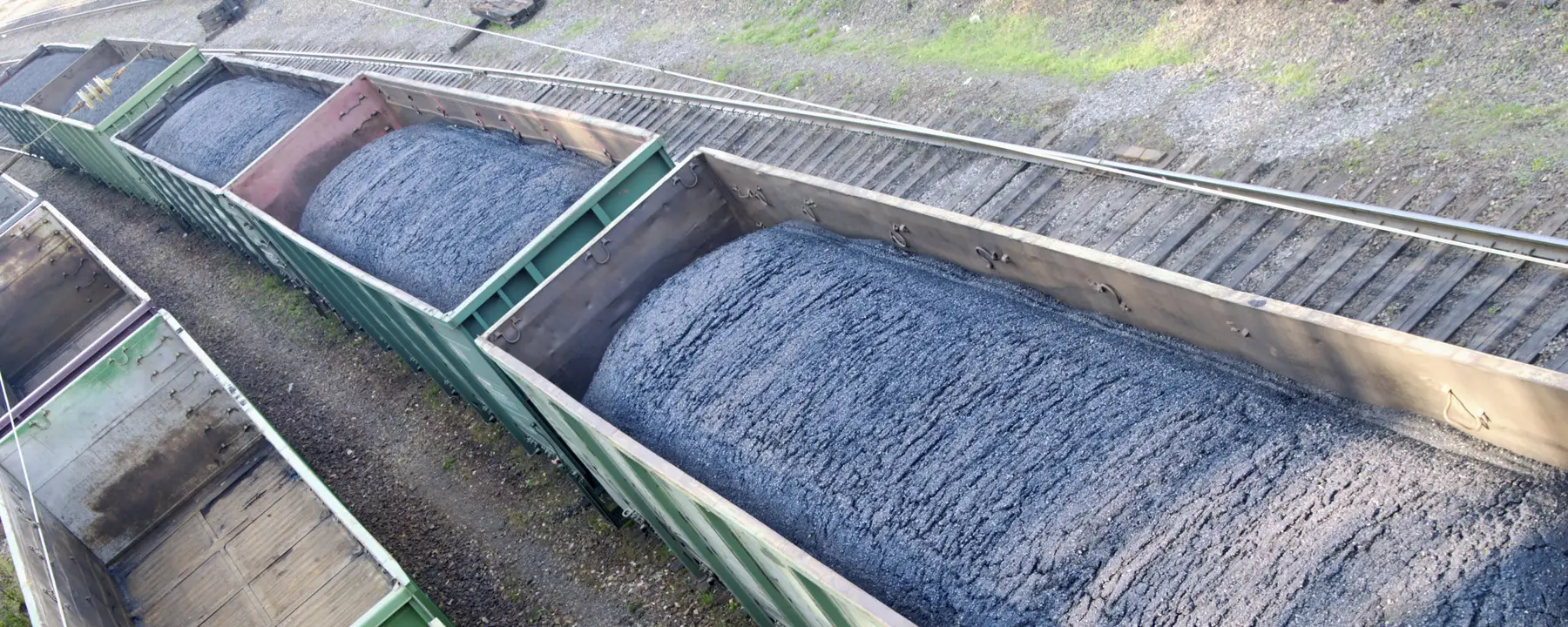Risk assessment and exposure models in support of U.S. efforts to reduce impacts of coal ash and other byproducts of electric power generation
Coal-fired power plants, which still produce the greatest share of electricity in the U.S., generate millions of tons of waste each year in the form of combustion residuals. This material, which includes coal ash, can contain mercury, cadmium, arsenic, and other potentially harmful contaminants.
Typically, electric utilities send their coal combustion residuals offsite or dispose of it onsite in landfills and surface impoundments. It can also be recycled or beneficially reused. Safe disposal of coal residuals is imperative to protect the environment and the health of people and animals nearby.
Under contract to the EPA, RTI investigated disposal methods for coal combustion wastes. Specifically, we estimated potential risks to human health and the environment when disposing of coal residuals in lined and unlined surface impoundments and landfills.
Integrating Facility Data to Model Risks of Direct and Indirect Exposure
For this project, we drew on our extensive knowledge of regulatory models, built through decades of collaboration with the EPA. Our risk assessment relied on facility-specific data to reflect the great variety of waste streams, management units, and environmental settings across the United States. We performed screening level and probabilistic modeling to estimate what would happen if people were exposed to chemicals from coal combustion residuals directly (by breathing contaminated air or drinking contaminated water) or indirectly (for example, by ingesting fish caught near disposal units).
Supporting EPA’s Final Rule Regulating Coal Ash Disposal
Results from our modeling efforts were incorporated by EPA in the writing of its final rule on the disposal of coal combustion residuals, published in April 2015. The rule covers acceptable locations, liner designs, structural integrity requirements, and operating criteria for all landfills and surface impoundments. It also sets out requirements for groundwater monitoring, corrective action, and closure and post-closure procedures.
Representing an important step forward in the regulation of coal ash, the rule is designed to protect human health and the environment. It supports beneficial reuse of coal residuals, meaning there will be less to store in landfills. The EPA estimates that the economic benefits of the new rule are at least $232 million per year.
- U.S. Environmental Protection Agency (EPA)



